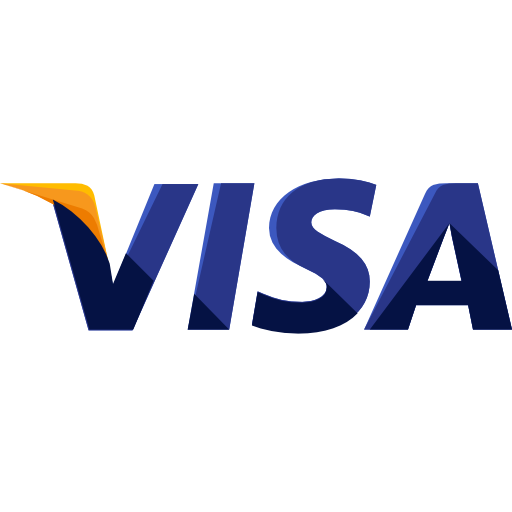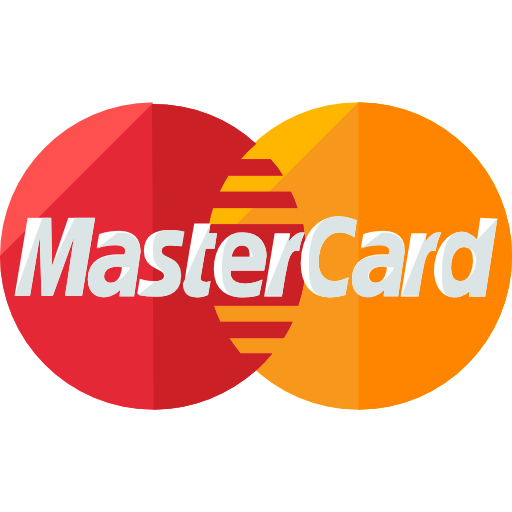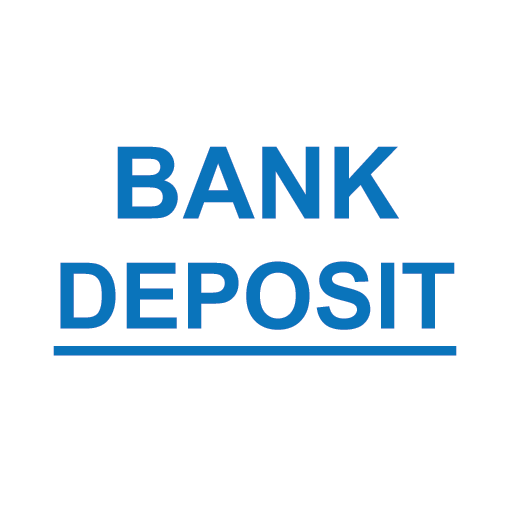News
POS Cash Drawer Philippines Grand Tech Int’l. Ent. Corp.
Wednesday, December 1, 2021Table of Contents
Introduction
What Are POS Cash Drawers in the Philippines?
How Do You Balance a POS Cash Drawer?
- Get the POS Report
- Count the Cash
- Iron Out Discrepancies
- Record All Transactions
What Is the History of Cash Drawers?
- The Foundations of Trade
- Automating Payment Processes
- Continuous Development
What Are the Other Technologies Commonly Used Along With Cash Drawers?
- Box Computer
- Credit Card Terminals
- Magnetic Slot Readers
- POS Printers
- POS Tablets
- Programmable Keyboards
- Touch Monitors
Conclusion
Run Your Business Efficiently by Investing in a POS Cash Drawer in the Philippines
Introduction
When you decide to open a commercial establishment, you must consider the different administrative, management, and marketing duties you need to do to ensure that you can run your business smoothly. These tasks include double-checking your inventory, putting together monthly sales reports, and more.
Investing in a high-quality point of sale (POS) system can go a long way in ensuring that all your operations are accounted for. This complex network of hardware and software technology can help you process sales and payment transactions. Additionally, it can help improve your inventory management and company organization in addition to providing advanced reports.
At Grand Tech Int’l. Ent. Corp., we can provide you with various equipment for your retail store or restaurant to help you organize your establishment’s information and streamline your internal processes. This includes touch monitors, magnetic slot readers, programmable keyboards, and POS cash drawers in the Philippines. If you’re still unsure what to get, rest easy knowing that our team would be more than happy to assist you in deciding which apparatuses you need most.
What Are POS Cash Drawers in the Philippines?
The cash drawer is an essential part of a POS system. Money, credit card receipts, and other paperwork are stored in this container throughout the day before being collected at the end of each shift or period. These trays are very sturdy since they can withstand being constantly opened and closed on a regular business day.
Businesses typically responsible for balancing a cash drawer include clothing stores, supermarkets, restaurants, bakeries, and other retail stores.
Make sure to balance your till every day or after every shift to keep your books as accurate as possible. This way, you can quickly and easily make corrections if something doesn’t add up. It would also be best to assign designated managers to balance the cash drawer to have trusted employees working with your incoming cash, credit card, or check transactions instead of having multiple individuals.
How Do You Balance a POS Cash Drawer?
The steps to balancing a POS cash drawer would differ from one business to another. Larger stores may need to make multiple daily deposits because they have numerous terminals, while smaller stores might only have one cash drawer to count. Here are four basic steps that almost all commercial establishments do when going through their earnings for a specific period:
Get the POS Report
First and foremost, you need to print or access a POS report that details how much your total should be. This document will break down the entirety of your earnings for a specific day and specify whether a transaction was paid for through cash, check, or credit card. It can also assist in helping you track revenue, analyze sales, audit employee performance, and list purchases.
Count the Cash
When you calculate your total, make sure to count your cash and total up your checks, credit card receipts, and other transactions. It would be best to note the amount of money you initially placed in your register at the start of each shift to ensure that you have enough cash that will serve as change for your customers. To make the process less tedious and increase productivity, you may also invest in a counting machine.
Iron Out Discrepancies
If you have any discrepancies, don’t fret too much! Most inconsistencies are caused by human error, such as giving incorrect change to a customer or misplacing a credit card receipt. Shortages could mean that cash was either lost, stolen, or counted incorrectly, while excessive funds usually mean that one of your employees accidentally shortchanged a customer.
When trying to resolve the issue, make sure to:
- Recount Your Cash, Checks, Coupons, Credit Card Receipts, etc.
- Check the Area Around Your Drawer for Missing Documents (e.g., Receipts)
- Review POS Transactions for Any Errors in Computation
Record All Transactions
Lastly, make sure to record all POS cash drawer transactions into your books for future reference. Write down all cash, credit, check, coupon, and other sales to ensure that everything is accounted for. If there are any monetary issues that you could not resolve, make a separate column for them for better tracking.
What Is the History of Cash Drawers?
The Foundations of Trade
Cash transactions replaced barter as businesses slowly expanded over the years, with shopkeepers taking steps to secure their money. However, it was difficult for business owners to ensure that their employees weren’t pocketing some of the payments, especially since they didn’t have a tool to help them keep track and store the money they earned in a day.
Automating Payment Processes
By the late 19th century, James Ritty and John Birch received a patent for inventing the first mechanical cash register. The machine used metal taps with denominations pressed into them to indicate how much your sales were. Furthermore, it had a bell that rang every time someone’s total was calculated and a mechanism that added all the cash values that were pressed. It was named “Ritty’s Incorruptible Cashier” and helped decrease employee theft and embezzlement.
After a few years, John H. Patterson bought Ritty and Birch’s company and cash register patent before renaming the business into the National Cash Register Company in 1884. He was committed to growing his newly purchased business, so he constantly improved the quality of their products. This made their organization one of the most successful cash register manufacturing businesses in the late 1800s to early 1900s.
Continuous Development
As technology developed over the decades, the once-simple cash drawer was further improved to be the complex network of hardware and software it is today. People started integrating other pieces of technology that helped business owners keep a better track of their sales. Aside from this, it improved the customers’ experience as it made the whole process of buying an item quick and easy.
What Are the Other Technologies Commonly Used Along With Cash Drawers?
If you’re planning to buy a POS cash drawer in the Philippines for your store, here are a few things you can also invest in:
Box Computer
A box computer, also known as a POS terminal, is an electronic device that contains data processing and input/output devices. It is the central processing unit of a POS system, which means that it provides the instructions and processing power your network needs to do its work.
This piece of equipment is highly valuable as it allows business owners to manage inventory, track customer purchases, and analyze sales data. Furthermore, it comes with an easy-to-use interface and provides real-time updates for store managers as well as their customers.
Credit Card Terminals
The very first universal credit card was made in the 1950s. However, it wasn’t until a decade later that banks adopted a credit card system that completely changed the nature of personal credit. These thin pieces of plastic require a machine to help retailers charge customers for the items or services they purchased.
Since many Filipinos nowadays opt for card payment, it isn’t uncommon to see credit card terminals integrated into POS systems. This electronic device accepts credit cards for the purpose of completing a transaction.
There are various types of credit card terminals available on today’s market, including:
- Countertop Terminals – This type requires a wired connection to a phone line or internet network. It can process both debit and credit cards, and it usually has a physical keypad for PIN entry.
- Mobile Terminals – These terminals need a wireless connection through Wi-Fi, a phone, or a tablet to process a transaction. They are best for smaller shops that don’t have a permanent location.
- Virtual Terminals – With the rise of e-commerce in recent years, these terminals allow shops with a virtual presence to process card payments securely. Customers also won’t need to use their physical cards for these transactions. They simply have to remember their card number, card verification value, and card expiration date.
- Integrated POS Terminals – To allow a POS and card processing system to work together seamlessly, these terminals utilize tie card processing hardware. They allow for faster checkout and reduce human error due to their automation.
Magnetic Slot Readers
Similar to credit card terminals, magnetic slot readers are devices used to accept payments. They use the same magnetic recording technology used for audiotapes and are typically swiped through a slot so the system can read and process the necessary details.
Magnetic stripe readers usually have a standard coercivity plastic card where a strip of magnetic tape can be found. The classic tape strip usually has three magnetic tracks to store the card’s code data and can be used along with any PC box as well as a USB port. It is important to note, however, that magnetic slot readers aren’t exclusively for credit card payments. They can also be integrated into your company’s customer loyalty program if you utilize cards.
POS Printers
The POS printer is an essential component in this system as they are primarily used to print receipts. These are written acknowledgments that something of value has been transferred from one party to another. All establishments are required to provide these slips to their customers after a service or product has been sold. In the Philippines, the Bureau of Internal Revenue specifically states that all taxpayers must issue an official receipt once the sale of a service or product has been completed.
In the long run, it is essential for both business owners and buyers to keep receipts. Managers can use these documents to double-check the entries in their books and on their tax returns. On the other hand, customers can utilize them to keep track of their expenses and ensure that they don’t go over their budget.
POS printers have various types, such as:
- Dot Matrix Printers – Also known as impact printers, this type is the least expensive option. It has tiny pins attached to the print head and works with an ink ribbon to create a series of dots that form the letters on paper. Furthermore, it can usually print both text and graphics in black and red.
- Thermal Printers – Due to their improved printed output, faster speed, and quieter functioning, thermal printers are much more popular than their dot matrix counterparts. The thermal head, which generates heat, can print shapes and text after it makes contact with thermal paper, which is highly sensitive to higher temperatures. This machine doesn’t require ink or toner, which can help you save more money in the long run.
- Ink Jet Printers – Those under this type have print heads that shoot tiny droplets of liquid ink onto paper. Although they produce receipts with the darkest and clearest text, maintenance for them can prove expensive since you’ll have to change their ink cartridges regularly.
It’s essential that you make the most of your investment in a POS printer since failure to provide a receipt can result in various penalties. If you aren’t sure what kind to get, some factors you can consider include brand, reliability, and warranty options.
POS Tablets
Tablet POS systems have all the functionality of countertop POS systems. Depending on the model you purchase, you or your employees can carry the device around as you take orders and complete transactions. There are also some types, however, that are designed to be stationary. These usually have sleek stands that swivel around so you can show your customers the breakdown of their bills.
Furthermore, some POS tablets have a built-in cash drawer. You can use this cash drawer to receive payments, which saves you the hassle of carrying around or investing in a separate cash drawer. Some also have built-in printers that you can use to print receipts or invoices on the spot.
Programmable Keyboards
These devices are keyboards that can be customized according to your store’s needs. In fact, they are used in most POS systems because they can be changed to fit almost any industry. They also require a lot less maintenance than regular keyboards because they do not have as many keys as the standard model.
Programmable keyboards have two parts, namely their hardware and software components. The former is an electronic device with keys that can be programmed to perform different functions. On the other hand, the latter is the programming language that runs on the hardware’s internal processor, allowing customers to program it with macros or keystrokes.
Lastly, some programmable keyboards allow you to accept payments, send invoices, and print receipts on the spot. This makes it convenient since you can just purchase a comprehensive model instead of spending money on numerous and separate pieces of technology.
Touch Monitors
There are various uses to touch monitors in POS systems. They allow customers, guests, and employees to interact with a display by swiping, tapping, or hovering a finger over a touchscreen. The use of these items is on the rise because they provide a seamless customer experience and reduce the risk of errors in data input. For example, they can be used to display information about the company’s products, facilitate interactions with customers, or help staff with customer service tasks.
It also allows you to perform other functions, including:
- Setting Up Menus and Programs
- Opening and Closing Applications
- Printing Documents
- Managing Your Business
- Inputting Orders or Sold Items
If you need a POS cash drawer in the Philippines or other pieces of POS technology, Grand Tech Int’l. Ent. Corp. has got you covered. We carry various products from different reliable brands, including EC Line. Do not hesitate to get in touch with us today for additional information about what we offer.
Conclusion
POS cash drawers in the Philippines are integral to any retail business as these are used to store money after a transaction is completed. Furthermore, cashiers use them to keep essential receipts and papers when customers choose to pay for items with their credit or debit cards.
To ensure that your earnings are safe, you should invest in a cash drawer made of high-quality materials and can be easily integrated into your POS system. Luckily, at Grand Tech Int’l. Ent. Corp., we have exactly what you need. Feel free to contact our team today to learn more about the different items we offer. We look forward to hearing from you!





.jpg)







